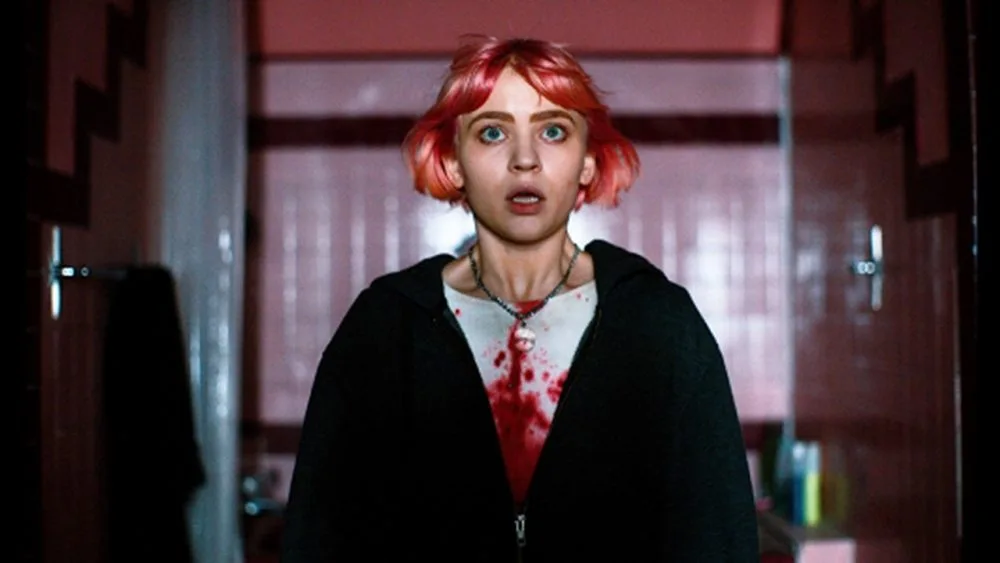Anyone feeling a sense of deja-vu?
Well, if at the end of 2020 anyone optimistically thought we’d be back to some kind of normal by now, it seems – sadly – it’s not yet to be. And perhaps it’s never to be at all…that’s not to suggest that we will forever be completely under the sway of a cycle of virus outbreaks and lockdowns (god forbid) but it’s hard to imagine a time when various health authorities decide they needn’t be concerned with Covid variants or their implications anymore, either. So, this might be a new cycle of relative freedoms and relative restrictions, a time when the winter is most likely to see us ousted from cinemas and film festivals, and who knows? The concentration of horror film festivals around Halloween might become a kind of de facto end-of-year party before the coldest, darkest months limit what we can feasibly do.
But never mind what might happen: what has all this meant for film fans in 2021?
To start on a positive note, it’s meant the absolute pleasure of a return to seeing films on the big screen, which has absolutely had an impact on at least two of my favourite films of this year, and maybe a few more of them, too. No one watches anything in a vacuum, after all, and after a period of months away from the cinema, it was genuinely really exciting to be back. Film festivals themselves have largely operated under a blended system again this year where online passes have been offered alongside in-person viewings, even if the latter have had to be limited for social distancing reasons. This has worked very well; there will always be an appetite for in-person fests, but there have also long been reasons that many interested parties have been unable to attend in person, so in some respects – despite the extra work for organisers – this has worked out pretty well. As for films themselves, a few big blockbusters have yet again been delayed, if not by Covid itself, then by the potential knock-on effect which makes promoters fear for their profit margins. Streaming services have been getting hold of new releases a lot more reliably, but then that has its own knock-on effect, right to the highest level.
At the other end of the spectrum, it’s perhaps inevitable that low-budget cinema, especially horror, has been shaped by the pandemic, and these effects are clustering in two main ways. Firstly, I’m thinking of the sheer number of films ‘made under lockdown’ and as such boasting next to no cast, an often hastily-assembled plot/screenplay and deserted locations. Secondly, it’s not as if horror has ever been averse to using the theme of contagion, but that has still escalated in the last year or so, as the real-life situation has fed into, and been transformed by, horror storytelling. This is understandable, though there’s been a minor wave of very similar stories, potentially meaning the best of these have been submerged under the rest. Them’s the breaks when you opt in, by accident or choice, to a response of this kind.
However, the calibre of films at some of this year’s festivals has so often been exceptional: whether made during a lull in the cycle of lockdowns, or a while ago, but finally seeing the light of day in 2021, there have been some truly creative and worthwhile films out there. Many of these missed out on a general release and played at festivals only: in this case they are well worthy of seeking out, and I hope they get the decent releases they deserve. Others managed to get a general release, and more power to them. Here are my favourite films of the year.
10: A Quiet Place: Part II
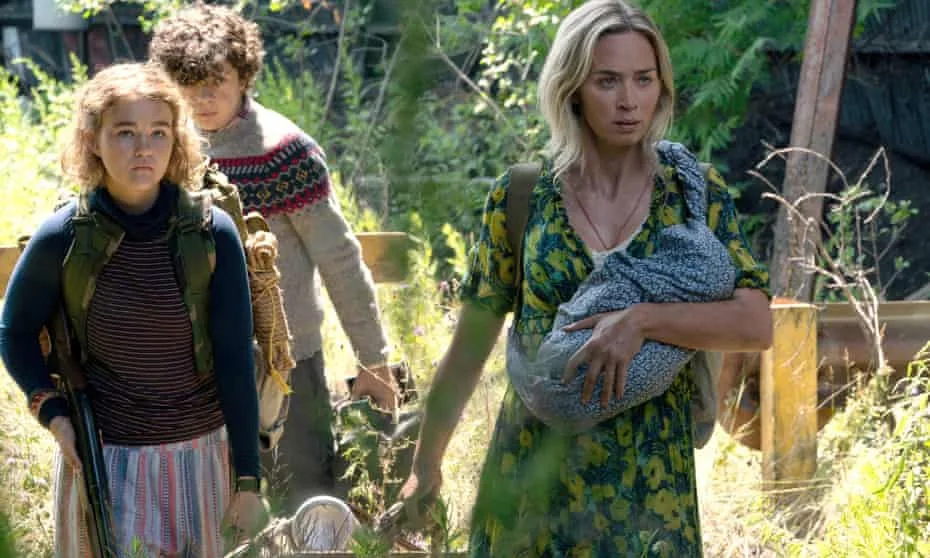
As mentioned, this was one of the films I managed to see in a conventional cinema setting, something which felt like a rare enough treat when I did it. But for all that, this sequel is a very competent, tense, well-delineated film which hands us some of the back story from Part I without compromising too much on the mystery of it all. If it has any lessons – not that it’s there to moralise – it’s to point out just how suddenly life can change forever, on whatever scale that might be. A Quiet Place: Part II is a great survivalist story which picks up seamlessly from the first, expanding the universe and giving us some much-appreciated context; it’s a great monster movie too. Out of the minor wave of sensory deprivation horrors which came along in fairly close succession, it’s certainly the best, and it’s gratifying that there should be another (final) part to this story coming soon. You can read my full review here.
9: The Green Sea
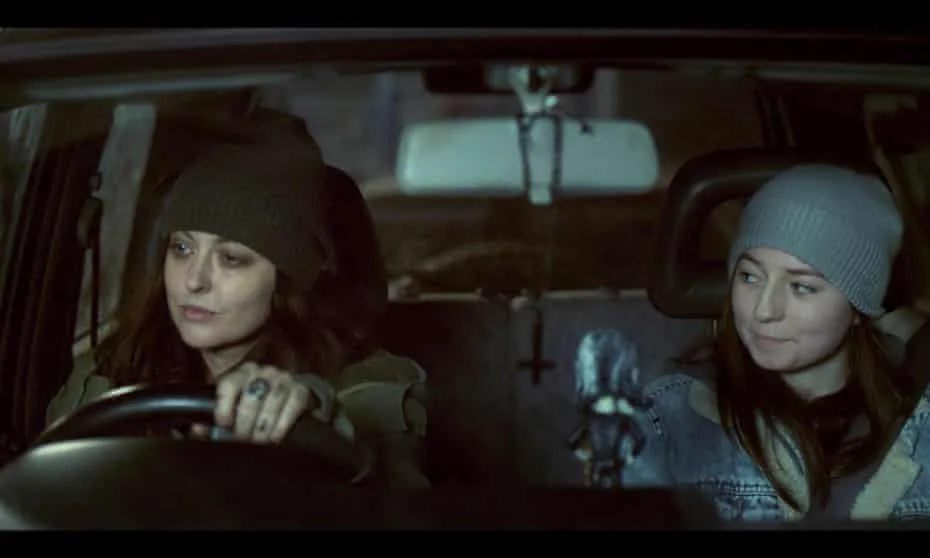
The Green Sea could so easily have been one of those films which offers just too little conventional structure to really engage the viewer, but thankfully that isn’t the case in this studied, cautious and ultimately sensitive story: if it keeps a few secrets, then you can all the same feel sure that there is some order at work here, an order which ultimately impacts upon the character of Simone – ably played by Katharine Isabelle, here a hard drinking, often vicious and damaged woman who has isolated herself from the world for reasons at-first unknown. When she gets behind the wheel one evening, drunk, and hits a little girl, she panics, taking the injured girl home with her; they begin to form a bond, and it seems that this girl has come into Simone’s life for a purpose. Shot in beautiful parts of the Republic of Ireland, The Green Sea utilises its remote setting and charming, if self-destructive lead actor very well; it’s hard not to be moved by the end. You can read my full review here.
8: Censor

Looking back on the year that was, I half feel that Censor’s success has in some respects worked against it; it’s after all an entertaining, lurid film which can be enjoyed as much on those basic terms as it can by being refracted through rather conflicted articles in The Guardian, social media saturation and cinema screenings upon cinema screenings. If you’ve yet to see it – if you weren’t at any of the screenings, perhaps – just know that it’s an engaging skit on the role of the film censor, with its lead character, Enid (Niamh Algar) getting increasingly drawn into a dark, shady world where – as the rumours always went and always will go – there’s real murder in them video nasties. Weaving personal tragedies into her quest to find out the truth, there’s an overall decent balance of Enid’s characterisation to practical gore whilst the film, a love letter to analogue tech almost by its nature, still looks great with good lighting, framing, splatter and trippy, nightmarish scenes. There are nice details throughout, too. You can read my full review here.
7: Vicious Fun
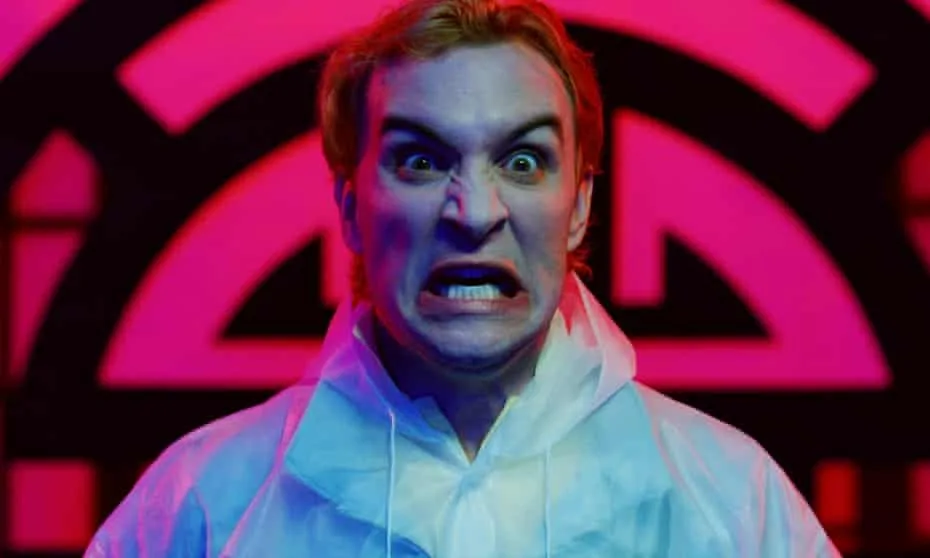
Vicious Fun deserves its place in this list for several reasons, but just to start things off: rarely has a film so lived up to the promise in its title, and also – it has Ari Millen in it, which is always a reason to sit up and pay attention. He has a subtle kind of magnetism (though sometimes not-so-subtle, see above) which makes him a great bad guy, and he plays a great bad guy here. The premise is this: Joel, an unlucky-in-love horror journalist (perish the thought) has an unrequited crush on his housemate, Sarah, and decides, in his wisdom, to trail the good looking guy she’s stepping out with, hoping to find out that he’s a bad ‘un. It’s a bad plan, made worse when he follows Sarah’s beau Bob (Millen) into a bar, gets utterly, accidentally drunk with him and then trapped in a cupboard until after hours. Well, we’ve all been there. But when he emerges, he realises that Bob – and some others – are there for some kind of group meeting; the question is, what exactly are they there to discuss? A lively, well-paced comedy of errors, Vicious Fun manages that tricky balance between gore and comedy very well; it’s a skill which eludes many filmmakers. You can read my full Frightfest Glasgow review here.
6: Last Night in Soho
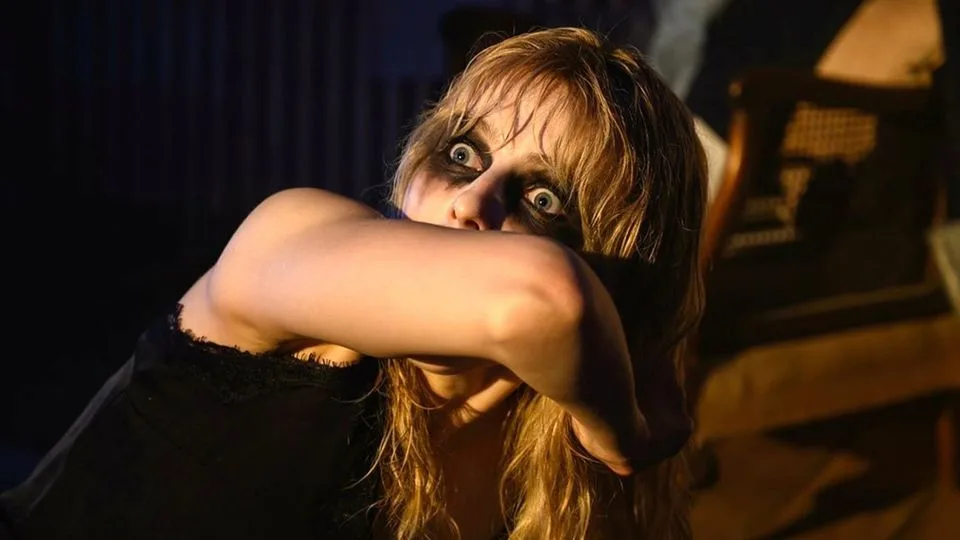
I wasn’t sure if I was going to like Last Night in Soho, as 2021 has seen me reach a certain saturation point with nostalgia, but it did at least have a different kind of nostalgia at its core. Indeed, the 1960s London which is weaves together is carefully done, looks gorgeous, and works brilliantly as a mirror image of today’s Pret-saturated London, always retaining its mystery and danger. It also plays with conventions of supernatural cinema incredibly effectively, and once it gets past its neck brace-inducing nod to Me Too, it’s a far more thoughtful, often brutal story of a past which leaks its way insidiously into the present. Superb acting, a story which would no doubt yield new surprises on repeat viewings and a real feast for the senses, Last Night in Soho absolutely deserves to be seen and enjoyed. You can read my full review here.
5: Dune
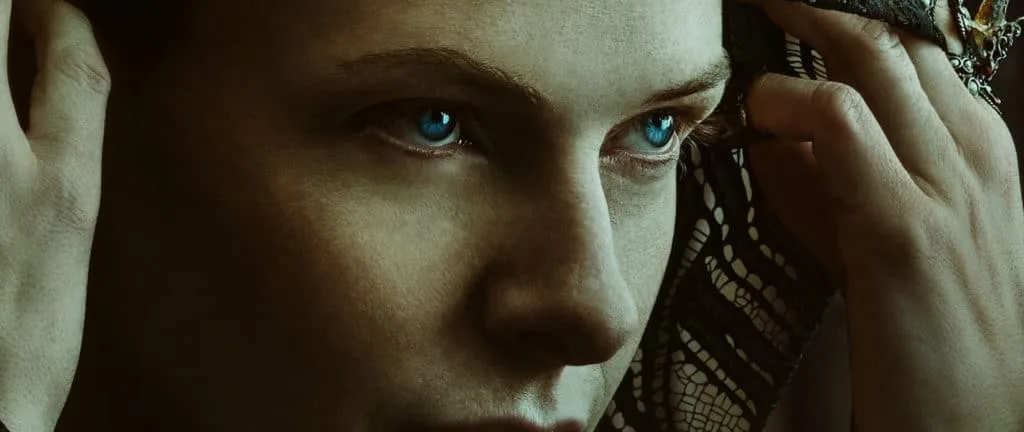
Dune is every inch the blockbuster, has a budget which would certainly dwarf nearly all of the other films on this list, and as such, may feel like an odd fit here. It’s also been a while coming, what with concerns over the film not recouping its budget, so in many ways it’s at odds with films of lower budgets which have been pushed into distribution as soon as humanly possible, but let’s not get too mired in a discussion about the impact of Covid on profit margins; Dune, directed by Denis Villeneuve, is an absolute masterclass in how to get a multi-layered fantasy of this kind done and done well. Of course, David Lynch, albeit dogged by difficulties, made a version of the same story back in 1984: I’d go toe-to-toe with anyone who declares that this is a bad film as it certainly has its own charms, but Villeneuve – unhampered by the expectation that the entire story had to fit into one movie – has handled his subject matter differently, both showcasing great skill at rendering a multitude of worlds, peoples, languages, cultures and beliefs cogent, and also detailing his individual characters in a sensitive way which makes their journeys, if you’ll pardon me that overused buzzword, significant. For a detailed article on Dune from a huge fan of the books and as such Warped Perspective’s resident authority, check out Helen’s feature here.
4: Martyr’s Lane

Having had time to reflect on Martyr’s Lane in the time since I viewed it, I can honestly say that it has stayed rather uncomfortably with me – in some respects for personal reasons, as its particular exploration of childhood fears and losses hits very close to home indeed, for reasons I’ll leave off the internet – both to avoid spoilers and to avoid that whole mea culpa thing. Perhaps that’s something quite specific to me that other viewers wouldn’t get, and I understand that. But beyond that proviso, Ruth Platt’s storytelling really effectively skates the line between a careful, sensitive exploration of childhood loneliness and a very menacing tale of the supernatural. For all that, its supernatural elements are not presented to the audience as inherently malign: it’s just that all the child characters here, played with immense sophistication and pathos by young actors Kiera Thompson and Sienna Sayer, want something more from the adults in their lives. The strained, almost unbearable tension at home yields up its truths on a child’s terms: clues are left, knowledge is shared, and grown-ups only slowly share their truth. This is a well-paced and well-made film and if you want to support female directors and writers, may I suggest that this is a fine place to do just that. You can read my full Fantasia 2021 review here.
3: We Need To Do Something
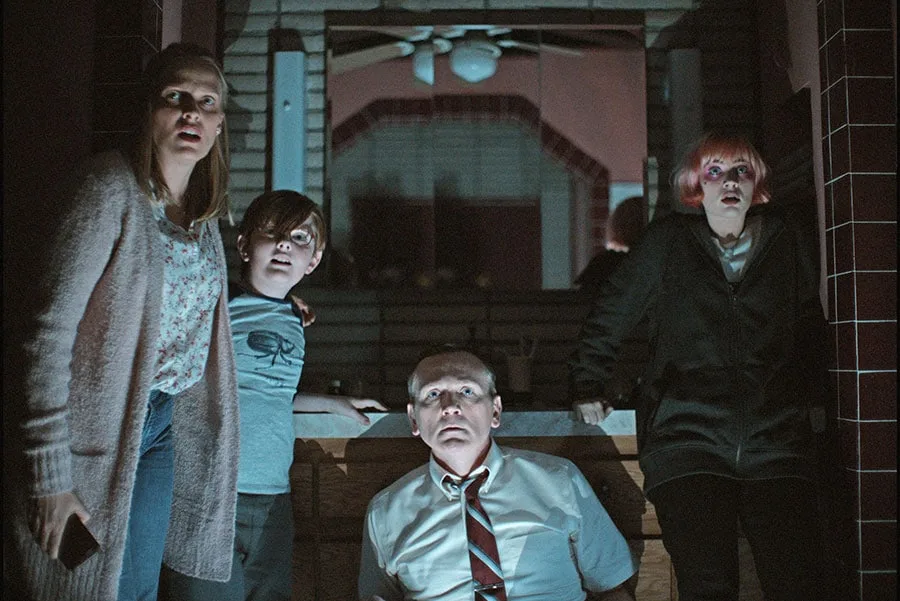
Oh, man. As I said when I reviewed this film after Celluloid Screams, it takes some real chops to get away with setting your entire film – by and large – in one room, particularly when that room is the family bathroom. But, through a pacey unfolding story which segues from what could simply be isolation+extreme circumstances into something quite, quite different, We Need To Do Something is never dull. Not at all. It’s effective because it has the confidence to play with its time frame, doling out, little by little, an incredibly overblown, incredibly dark back story for the events which are now unfolding. Everything connects well, and new context is provided for scenes and conversations we’ve already seen; add to that a jet black sense of humour and some absolutely disgusting gore and you might just have yourselves the perfect midnight movie.
2: Possessor
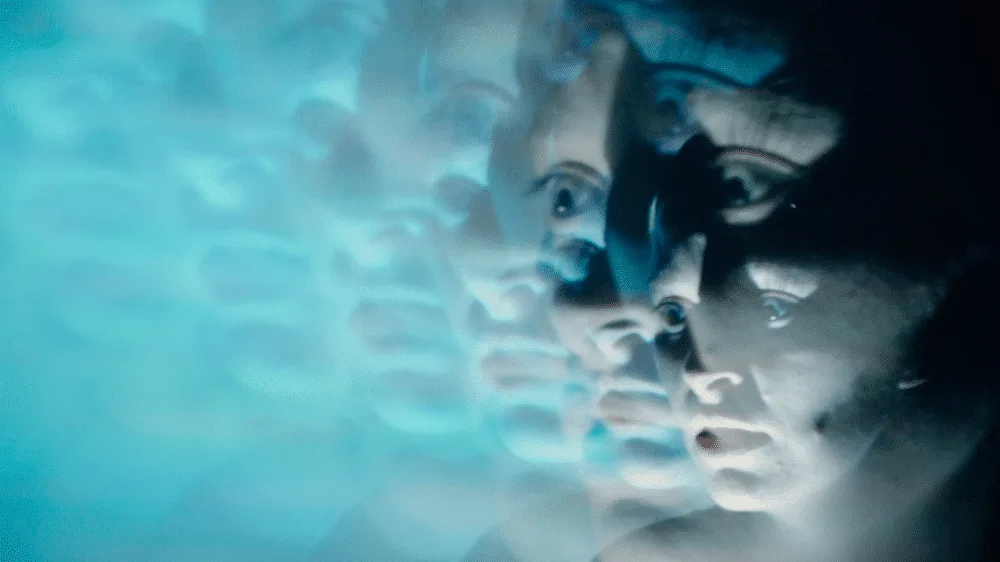
The realisation that Possessor took up residence in my brain less than a year ago troubles me. I went back and checked the dates; I went back again and looked at last year’s top ten films, as I knew it would be on there if I’d seen it in 2020. Not a bit of it. This is a still relatively new film to me, then, but it has indelibly burned its way into my synapses in a very suitable way, given the subject matter. It’s everything I cherish in good, dystopian sci-fi: a recognisable world, in many respects our world, but with a key twist which places all of the key characters under significant, terrible pressure. In his work thus far, director Brandon Cronenberg has focused on loners, people on the periphery of normal life; Syd March in Antiviral tries to exploit his unique position as someone with access to an array of do-little celebrities which his society fawns upon, and it backfires horribly on him; in Possessor, Tas (Andrea Riseborough) moonlights as an assassin, so we have another shady character, but she does it by temporarily obliterating the selfhood of others, occupying them and manoeuvring them to do her work. Such an assault on the self is bound to go wrong, and it’s no spoiler to say yes, Tas finds herself eroding under the weight of her role, as does everyone else in contact with her – whether in contact willingly, or otherwise. This is a stone cold piece of filmmaking and please, let it not be another eight years until Cronenberg makes another one. You can read my full review here.
1: Mad God

Mad God is a film which has languished, partially completed, for (and this is no exaggeration) decades. Three decades. In fact, it’s pretty amazing that it’s ever made its way into a finalised form, as it could so very easily have stayed on the shelf forever. A little context: this stop-motion animation is the horrible, horrible brainchild of Phil Tippett, the SFX maestro who has been behind the likes of Star Wars, which I gather did alright. But the shift towards CGI in the early Nineties convinced Tippett that the film would never find an audience, and so he reluctantly left the project alone, only rekindling it in the 2000s when Kickstarter became a viable funding source.
The resulting film is a vivid, repellent, mesmerising slab of fantasy where an explorer is deposited on the surface of a monstrous planet (Earth? An alien world? It hardly matters). This is, however, just the first piece of visual trickery which the film has to offer: Mad God constantly plays with scale and threat, one moment the explorer dwarfing the creatures around him, the next appearing as a speck against the gargantuan statues and structures either on, or under the ground. The disorientating impact of this film barely pauses, and if it does pause to examine some improbable creatures doing improbable things, then it’s soon off again, sometimes inviting us to laugh at the sheer cruelty of this place, but moving onwards to some as-yet unforeseen point, before exploding even that small amount of certainty. I came out of the screening – which took place at an odd, jarringly early time in the day – wondering what in the hell I’d just seen. I’m still wondering. I want to do it all over again though, and this is without doubt the best film I’ve seen this year. Should you need further persuading, be sure to check out my Celluloid Screams review here.
Honorary mentions: Hors Du Monde (an unseemly, disturbing examination of a man’s fractured psyche and the horrors he commits); Titane (a bizarre fantasy which becomes something akin to heartwarming, with Agathe Rouselle very ably taking us there), The Dark and the Wicked (an exceptionally dark and brooding supernatural horror which achieves some knockdown terrifying scenes) and Guns Akimbo (forget the negative hype, if you can, as this is a super-charged, fun piece of modern exploitation cinema).

